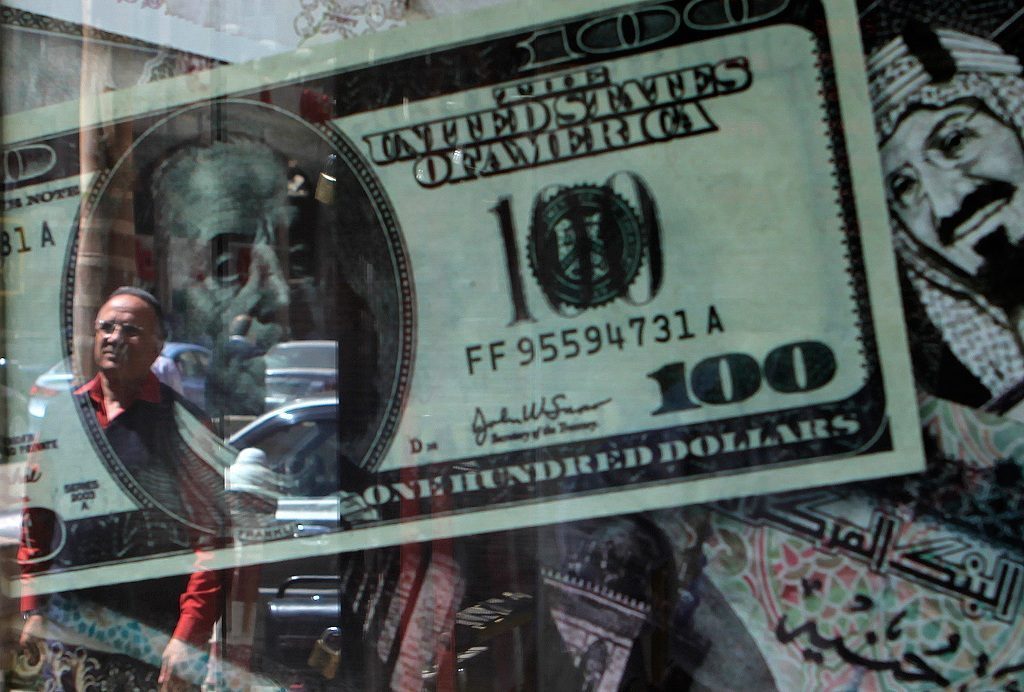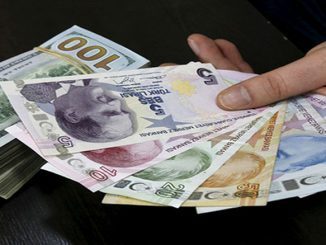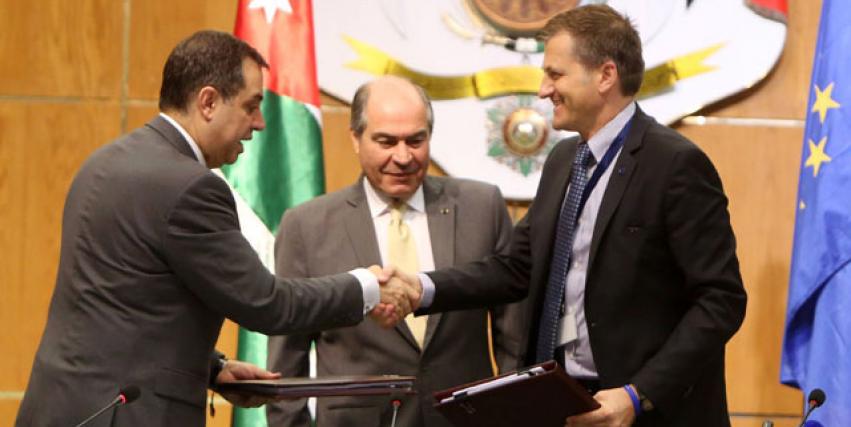
Egypt’s currency crisis is escalating as its national currency continues to decline against the dollar in the parallel market, amid growing signs of a currency devaluation, with the government talking about painful necessary economic reforms, according to Mubasher news website.
The dollar price ranged between EGP 16.10 and 16.50 on Wednesday, according to three traders.
On the other hand, Abdel Fattah El-Sisi said in a televised speech on the youth conference at Sharm el-Sheikh that Egyptians must stand the upcoming economic reforms, which was considered a clear sign for floating the pound.
He has previously said that Egyptians should bear austerity measures and hard times during the coming period ahead of securing the $12 billion loan from the International Monetary Fund.
In the same context, Egypt’s prime minister, Sherif Ismail said in a TV interview recently that the exchange rates must reflect the currency’s actual value. He also stressed that having two exchange rates in the market cannot continue.
The currency floating is related to several issues such as the government’s securing of the strategic reserves for the next six months, and securing the $6 billion required funds by the International Monetary Fund (IMF) to approve the loan agreement, according to Eman Negm, an analyst at Prime Research.
Negm added that parallel market is witnessing speculations prior to the currency devaluation decision, which timing may be affected by other factors, such as the call for protests on 11 November.
The official exchange rate for the US dollar in the Egyptian banks is EGP 8.88.
Moreover, the Central Bank of Egypt stated that Egypt’s short-term external debt hiked to $7.017 billion in June 2016. “This encompasses any debt owed to foreign creditors which must within one year,” as reported by Mada Masr.
An analyst from the Cairo-based investment bank who preferred to remain anonymous was cited by Mada Masr saying that the rise in short-term foreign debt is a result of “the shortage of dollar liquidity and the decline in the state’s foreign currency earnings.”
They added that foreign currency revenues used to make their way into the banking system in the past but this is not the case now as major foreign currency resources have withdrawn as a result of political unrest and security instability.
According to the bulletin, short-term currency and deposits at the CBE increased to $3.2 billion in June of 2016, up from zero in the same period a year earlier.
In addition, short-term liabilities at banks reached $1.9 billion in June 2016, up from $1.45 billion in the same period in 2015, further contributing to the short-term external debt.
Moreover, the total external debt hiked from $48.063 billion in June 2015 to $55.674 billion in June of this year.
Furthermore, the bulletin also highlighted that the percentage of short-term external debt from net international reserves surged to 40 %from 12.8 % in the same period.
According to the analyst, “the rise in this number means higher risk because your coverage of debt has decreased.”
“The rise in external debt is caused by two factors, namely the increase in short-term debt and because reserves were low between June 2015 and June 2016,” as reported by Mada Masr.
In June 2016, Egypt’s net international reserves were $17.546 billion, although this rose to $19.591 billion in September.
However, the government’s external debt share in Egypt’s total external debt dropped to 43.8 %, down from 53.5 percent over the same time period.



